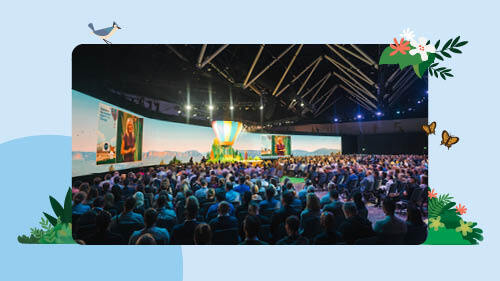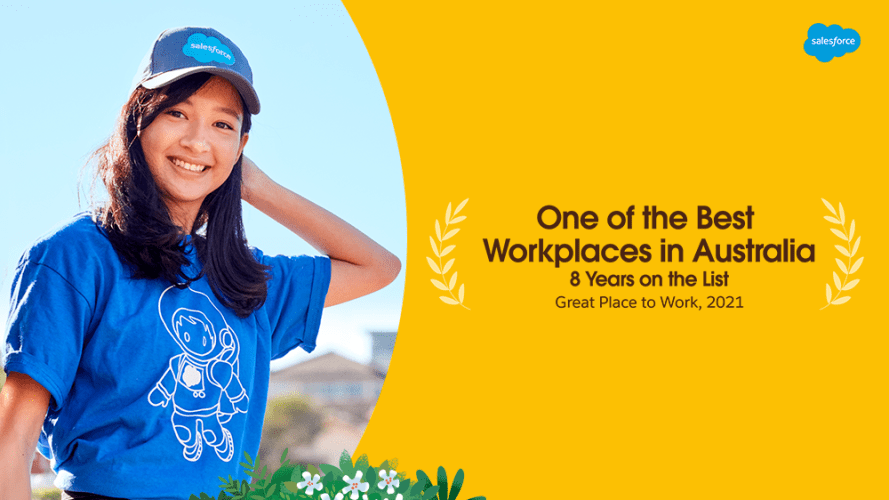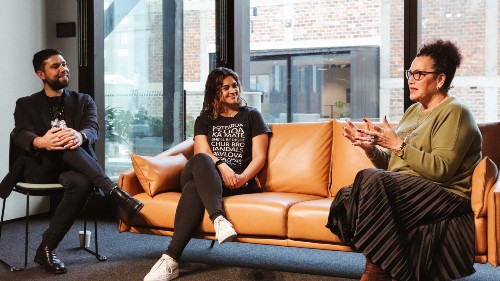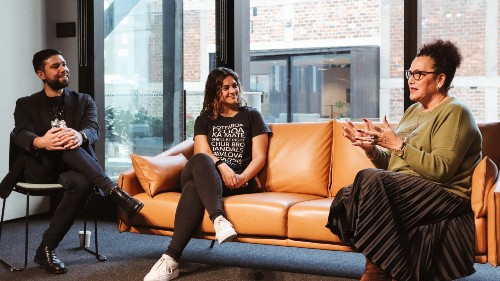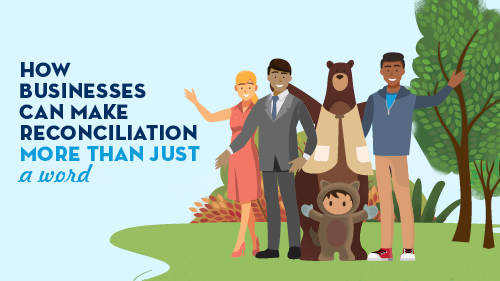Field of innovation: My MuleSoft career
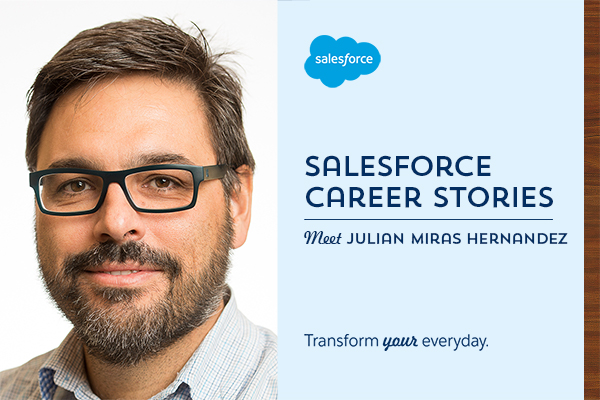


Salesforce’s acquisition of MuleSoft has created the ideal environment for innovation to thrive. Solutions Architect Julian Miras Hernandez explains how.
Salesforce Staff
A career driven by curiosity
My career journey is totally motivated by curiosity. I find myself always asking the questions: ‘how does that work?’ and ‘why does it work that way?’.
I’ve always been very curious, and I love to exercise that curiosity through technology: about how things work, how organisations develop and how they can adopt technology to improve their businesses.
I’m very lucky to have had so many opportunities to keep digging into technology thanks to that curiosity, and to help clients and organisations in their adoption of technology.
My role here at MuleSoft, which was acquired by Salesforce in March last year, is to help customers transform their businesses in the digital age. As part of the MuleSoft services team, we enable customers and partners on their adoption of the Anypoint Platform and to implement the frameworks, processes and best practices that accelerate the speed of their business.
We do so by delivering consulting services and projects, where we show the value of the power of reuse in the business.
My path to becoming a Solutions Architect
It all started when I moved from Aguilas, where I grew up in the south-east of Spain, to study Telecommunications Engineering at university in Valencia.
From there I got my first job as a C programmer in a manufacturing company in the design department. We were designing a set top box for digital TV. I was in charge of designing and building a basic in-memory database with the contents of the program metadata. It was great fun! I had the chance to play with oscilloscopes and see the roots of technology at bit level.
Later I moved to a small startup where my official adventure in Java began, as a junior product manager, and I learnt to guide my team producing a network management product.
I only had a basic understanding of Java before this job. But when you really need to develop software that’s reliable, you have to understand all the technology that works with Java, and how to design and develop applications to get the maximum performance. You really have to go deeper and discover that knowledge to get that result.
I never thought programming in Java would be so amazing to learn! And another great part of that was passing on my knowledge to my team.
Later, I moved to a consultancy role with Capgemini in Spain as a Solutions Architect, specialising in enterprise integration, middleware and process improvement for our customers.
Seven years ago, I moved to Sydney with Capgemini to work with enterprise programs and complex customer problems. Then three years ago, I moved to MuleSoft as a Solutions Architect and became part of the Salesforce Ohana when MuleSoft was acquired in March last year.
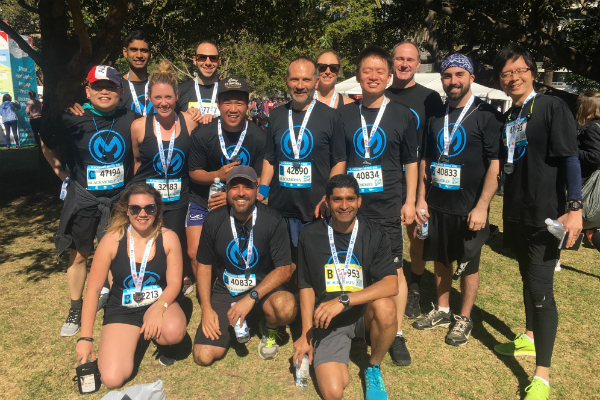
What makes a successful Solutions Architect?
The ability to create models. One of our major missions as MuleSoft Solution Architects is to resolve business problems by providing solution designs using APIs. There are many aspects to take into consideration in these solutions, including: infrastructure, security, performance, usability, functionality, scalability, reliability, reuse, availability and data resilience.
Each of these aspects has many challenges that need to be addressed as part of the solution design and architecture. Our customers need to understand how these solutions will address those challenges to align the solution with the business requirements.
The ability to create models to communicate and provide clarity on each of these aspects to our customer stakeholders is critical to our success. To be successful as a Solutions Architect, you need to have a deep technical knowledge that enables you to create models that address the different concerns of the solution.
What’s the biggest challenge you face in your role?
One of the major focuses of my role is to switch the traditional thinking of customers about our integration platform from purely an IT tool that moves data from system to system, to the real business enabler role that APIs can play in their digital journey and transformation programs, based on reuse.
It is very rewarding to see customers adopting a real API strategy and driving their own success with practices and tools that we are providing at MuleSoft, when they understand and opt for that strategy.
One aspect of this challenge is always the friction between the tactical project objectives and the strategic company objectives. The conflict between these two forces is almost always present in our engagements and is a challenge to reconcile.











